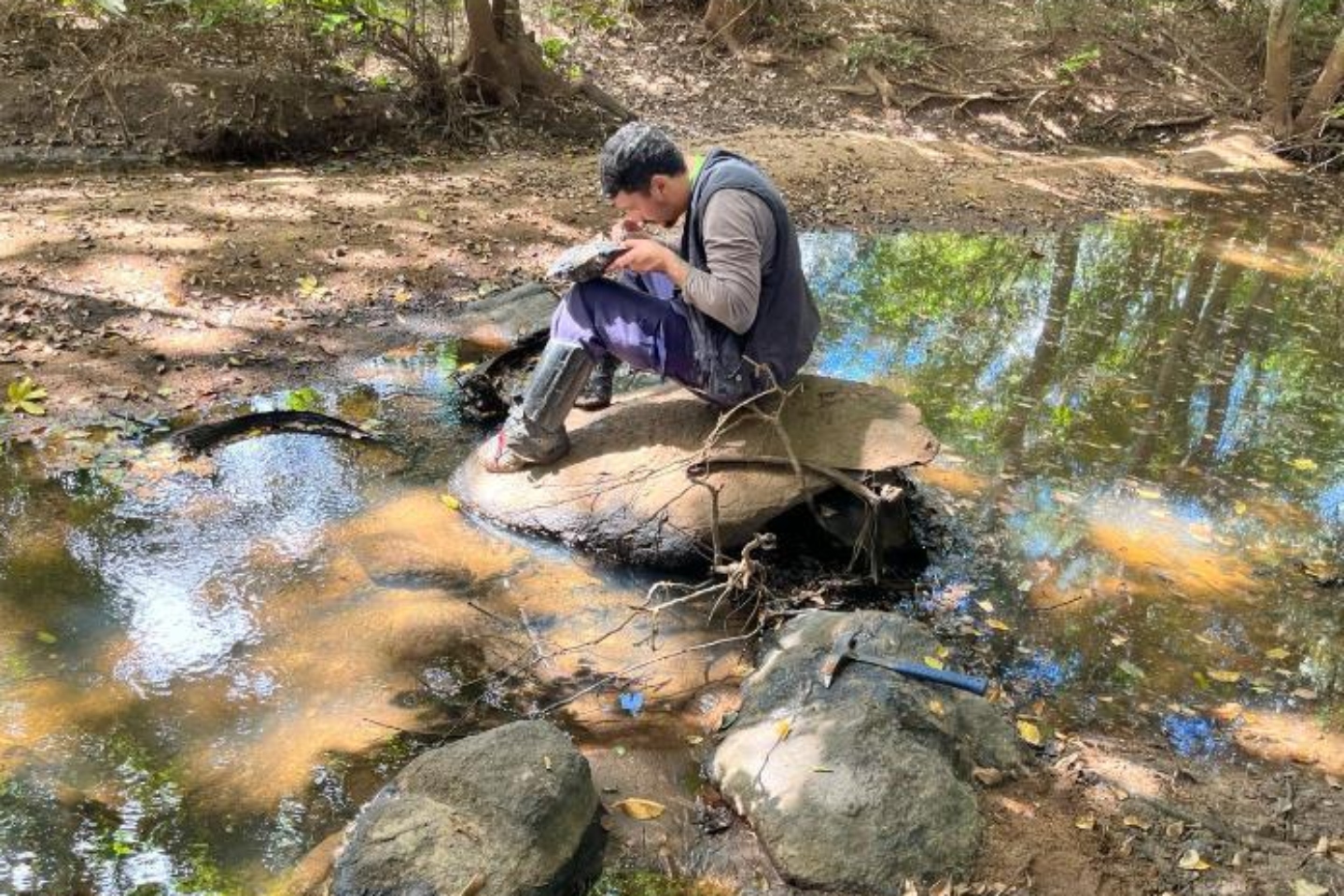Initial geochemical results from 260 regional stream samples at Gold Mountain’s Down Under project in Brazil have thrown up anomalous rare earths responses from a combined area of about 80 square kilometres. The company says the results indicate good potential for ionic-adsorption clay (IAC)-hosted rare earths deposits and ultra-high-grade, hard-rock monazite-hosted mineralisation featuring niobium, uranium and scandium.

Initial geochemical results from 260 regional stream samples at Gold Mountain’s Down Under project in Brazil have thrown up anomalous rare earths responses from a combined area of about 80 square kilometres.
The company says the results indicate good potential for ionic-adsorption clay (IAC)-hosted rare earths deposits and ultra-high-grade, hard-rock monazite-hosted mineralisation featuring niobium, uranium and scandium. Management now believes combined adjacent catchments that are anomalous in rare earths may extend through strike distances of up to 8km, ultimately giving rise to seven distinct areas with five immediate drill targets.
Gold Mountain also undertook 44 radiometric traverses for 85 line kilometres, which have highlighted spectrometric thorium signatures up to 1600m wide. It says radiometric values recorded in road traverses in its tenements are similar to those from others across known high-grade rare earths areas where total rare earth oxides (TREO) values are commonly found exceeding 4 per cent.
In areas where there has been overlap between stream geochemical and thorium radiometric surveys, the company says thorium signatures are often strongly coincident with anomalous stream sediment geochemical rare earths results. It has concluded that the combination of the two methods is effective in refining the identification of targets in catchments that show rare earths anomalism by either method.
On that basis, an exploration approach has evolved where geochemically anomalous catchments will be followed up by radiometric surveys. When combined with other geological data, it reliably defines targets for auger drilling.
In addition to the regional geochemistry and radiometric surveys, Gold Mountain says local radiometric anomalies near Maracas are being followed up with stream sediment sampling to confirm the anomalies there prior to drilling.
The well-preserved to partially-eroded laterite profiles at Maracas suggest there would be good preservation of any IAC-type rare earths that may be present. The company concludes that the anomalies may be more continuous than previously believed due to the partial obscuring of the traverse area by recent alluvial cover.
About 350 results from the geochemical program that are still in the laboratory are expected to be returned by the end of this month and are expected to turn up additional high-grade rare earths targets for follow-up work.
Gold Mountain says its field exploration is progressing well, with about 10 to 20sq km per day being covered, subject to access and weather. It plans to kick off drilling at its five new targets once a second drill rig has been delivered next month and it then hopes to check out the laterite profile at its Ronaldinho zone.
Is your ASX-listed company doing something interesting? Contact: matt.birney@businessnews.com.au













